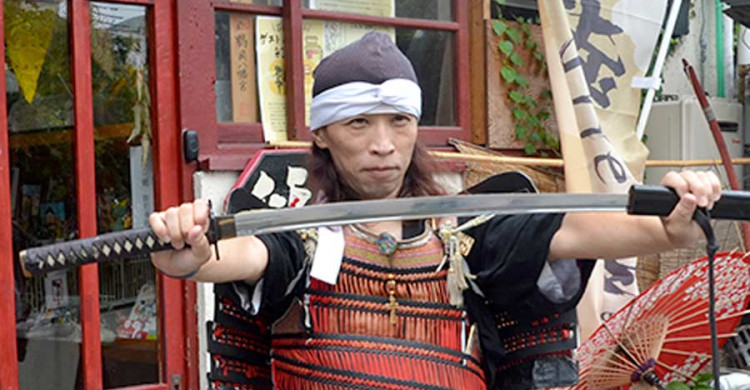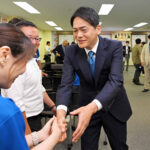In Kamakura City, there is a unique “Kamakura Samurai” running a guesthouse that serves as a workplace for people with disabilities and a safe space for children who refuse to attend school. Toya Takano (38) wears handmade armor year-round and participates in activities like community kitchens. The guesthouse “Irodori” in Yuigahama has become a meeting place for children facing various challenges, people with disabilities, local residents, and international visitors. Takano says, “Children encounter many different…”
Kamakura Samurai
Kamakura, a coastal city in Japan, was the political center of the country during the Kamakura Shogunate (1185–1333), when the samurai class rose to prominence under the rule of the first shogun, Minamoto no Yoritomo. Known for its historic temples, shrines, and the iconic Great Buddha (Daibutsu), Kamakura reflects the martial and Zen Buddhist culture of the samurai era. Today, it is a popular destination for its rich history, traditional atmosphere, and connection to Japan’s warrior heritage.
Irodori
“Irodori” (彩り) is a Japanese term meaning “coloring” or “colorful,” often associated with vibrant seasonal aesthetics in art, festivals, and daily life. While not a specific place, it reflects Japan’s cultural appreciation for nature’s changing hues, seen in events like cherry blossom viewings (hanami) or autumn leaf festivals (momijigari). The concept embodies traditional values of transience (mono no aware) and harmony with nature.






